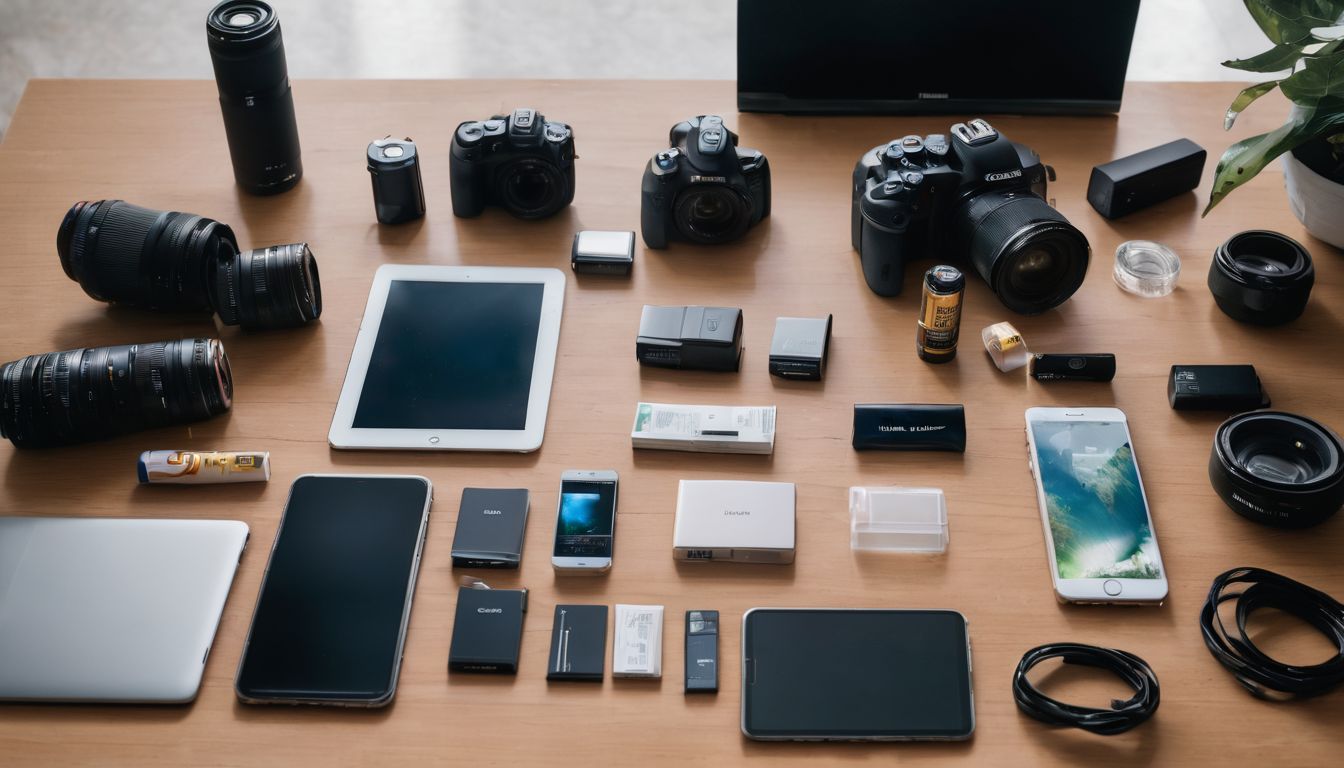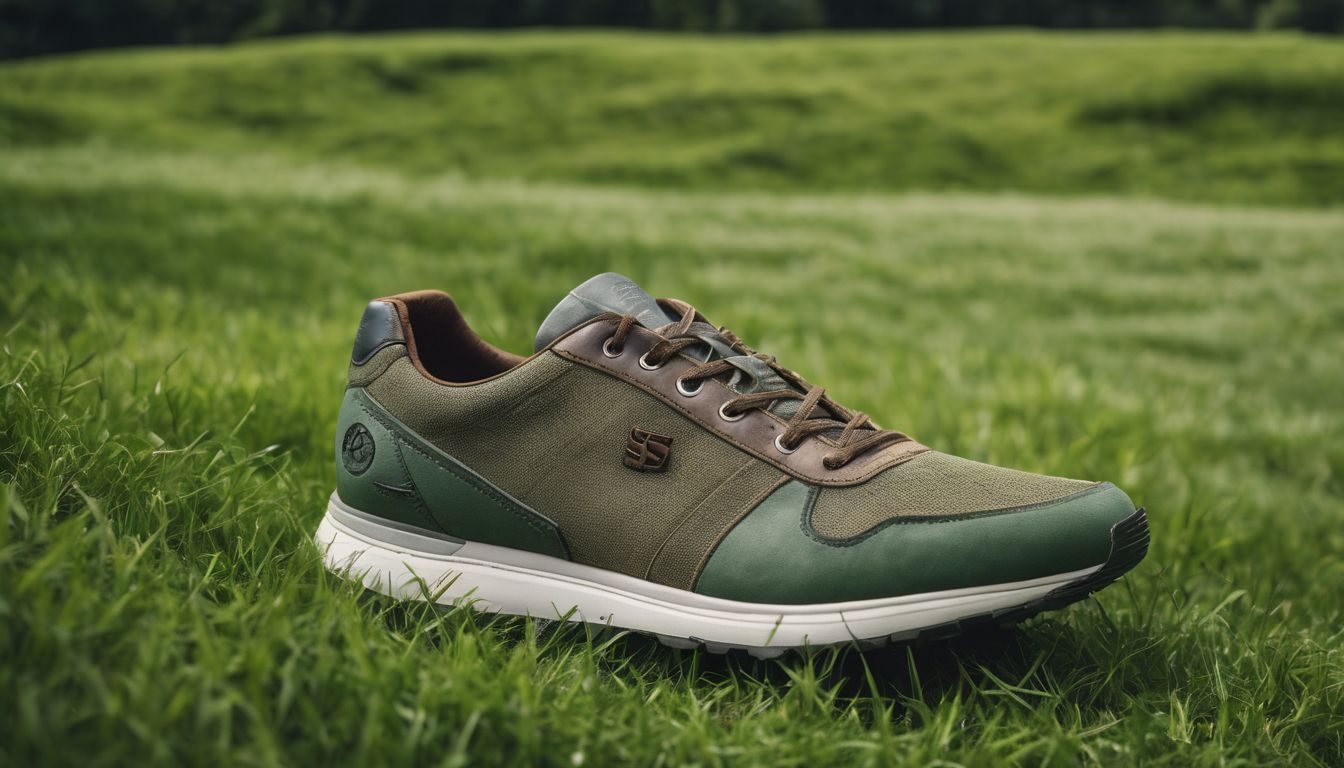Why Make a Cover for Your Cell Phone, iPod, or MP3 Player? Reusing old clothing fabric or plastic bottles to make a cover for your MP3 player or phone may seem more like an arts and crafts project than an environmentally friendly action, but it can be quite helpful for the planet. Making your own cover instead purchasing one saves resources that would otherwise be used to manufacture one in a factory. You’ll also save money and lengthen the lifespan of your device!BENEFITS FOR THE ENVIRONMENT:Making fabric and plastic bottles does a lot of damage to the environment through resource depletion, pollution, and energy use. In addition, plastics and man-made fabrics like nylon, polyester, and acrylic are made up of fossil fuels, which pollute the atmosphere and contribute to global warming. Recycling a little fabric can go a long way. Protecting your precious electronic device is also good for the environment since making your phone or MP3 player last as long as possible will prevent you from buying unnecessary replacements. This is important because manufacturing these electronic devices requires mining natural resources and using large amounts of energy. In addition, phones and MP3 players contain a variety of ‘heavy’ metals such as lead, cadmium, and brominated flame-retardants that are hazardous, and when disposed of improperly are emitted into the environment.BENEFITS FOR YOUR WALLET:Many phones and MP3 player covers and sleeves can cost from $10-$30. When you make it yourself, you only need fabric and sewing materials. And because it’s completely custom-made for your particular MP3 player, you won’t need to pay extra for any custom design from a retailer.BENEFITS FOR YOUR ELECTRONIC DEVICE:You take your phone and MP3 player everywhere with you. You’ll take it in and out of your pocket, purse, backpack, or even laptop bags. Each time, they’ll be put next to other objects that might scratch, dent, and even break your MP3 player. The iPod nano, for example, has notoriously had a fragile screen that easily breaks. Protecting it with a cover can help keep it unscratched and damage-free.Cost: LowUsing old fabric or old plastic bottles eliminates the need for additional spending, and you probably already have most of the other materials around your house. Making your own cover is a good way to reuse fabric or plastic that would otherwise be rendered useless and thrown away.Time and effort: ModerateA pouch or cover is a relatively simple thing to make. If you want to do this by hand, it can take around half an hour. If you have a sewing machine and have had experience using it, it will only take several minutes. It is important to take proper care of your possessions in order to maximize their life span and thus reducing the need for replacements. By decreasing replacements you will also be reducing waste.Making a Pouch out of Plastic BottlesMaterials:Soft Plastic Bottle (water or soda)Knife/ScissorsMetal PanTin FoilWood or CardboardTacks/NailsHacksaw1Instructions:
- Measure each dimension of your phone or MP3 player with extreme precision. Or, trace every side of the electronic device onto a piece of paper. If there are any buttons sticking out of the device, leave a little extra room to accommodate them.Using those dimensions, create a wooden or cardboard replica of the rectangular shape of the phone or MP3 player.2 Because the plastic will shrink around the replica, try to use wood or very sturdy cardboard.Take out the knife or scissors and a soft plastic bottle. Cut off the slanted top and any curved bottom so that all you are left with is a round and hollow plastic tube.Cut once in a straight line from the bottom to the top of the cylinder and flatten out the plastic to make a relatively flat and rectangular plastic surface.Fold the plastic surface around the replica until all the plastic is completely folded around the replica. Leave one of the smaller sides without any plastic. You may want to let the side with the headphones plug remain open so you can plug in some headphones while the cover is on.Nail or tack the folded plastic onto the replica. Although this will put some holes in the plastic, it will prevent the plastic from unfolding and sticking out as it shrinks.3Preheat the oven to 550 degrees Fahrenheit. Lay some tin foil completely over a metal pan. Place the replica in the middle of the tinfoil on the side that is not covered by the plastic. Make sure that the replica is stable enough not to fall over.Once the oven is 550° F, place the pan into the oven and watch it closely. Make sure that it doesn’t fall down, since that could melt the plastic to the tin foil.After a couple of minutes have passed, check to see whether the plastic has sufficiently melted around the replica.4 When it has, take it out of the oven and leave it to cool for another few minutes.Once it’s cooled down, just take out the replica and insert your MP3 player or phone into the opening!5




